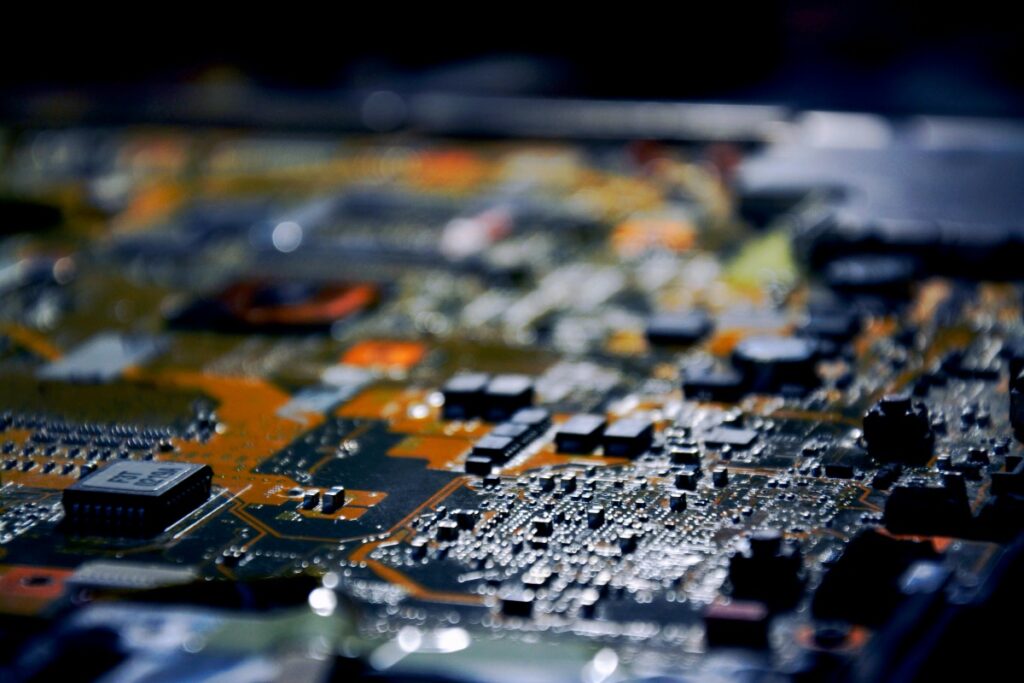A Practical Breakdown for U.S. Manufacturers
If you’re in electronics manufacturing—or planning to get into it—chances are you’ve heard of SMT (Surface Mount Technology). But how much does it actually cost to build a full SMT production line? And what equipment do you need?
Whether you’re planning a small-scale operation for LED lighting modules, FPC assembly, or full LCD backlight bar production, here’s a straight-up, realistic look at what it takes to set up an SMT line in 2025—from equipment breakdown to budgeting, especially if you’re considering importing second-hand machines from Asia.
✅ First, What Is SMT?
SMT stands for Surface Mount Technology—it’s the dominant method of assembling electronic components onto printed circuit boards (PCBs). SMT replaces the older through-hole method and enables compact, high-speed, automated production.
An SMT “line” refers to the full set of machines that handle printing, component placement, soldering, inspection, and handling.
🏭 Core Equipment of an SMT Production Line
A standard SMT line typically includes the following machines:
- PCB Loader – Feeds boards onto the line from magazine racks.
- Stacker / Unloader – Moves PCBs into or out of trays during the process.
- Solder Paste Printer – Applies solder paste or red glue precisely using metal stencils.
- High-Speed Pick-and-Place Machine – Places small components (SOP ≤ 28 pins) at ultra-fast rates.
- Multi-Function Pick-and-Place Machine – For larger or complex parts (ICs, connectors, BGA, etc.)
- Reflow Oven – Heats and melts solder paste to permanently attach components.
- Conveyor Systems – For board transfer between machines.
- AOI (Automated Optical Inspection) – Inspects solder joints for defects.
- X-Ray Inspection – Used for BGA/QFN and inner-layer defects.
- Compressor – Supplies air for pneumatic machinery.
💰 How Much Does It Cost to Set Up a Line?
Let’s take a real-world example based on a Chinese electronics workshop, adjusted to give U.S. context:
🧱 Facility Requirements
- Workshop: ~3,300 ft² (310 m²) cleanroom with HVAC
- Power & air supply must be installed
- No remodeling needed if space is ready
🛠 Production Setup (Phase 1)
- One fully automated SMT line
- Target products: LCD backlight strips, flexible PCB (FPC) assemblies
- Equipment: second-hand Japanese machines (JUKI, Yamaha, etc.)
Machine list:
- Loader + automatic solder printer + conveyor
- High-speed chip shooter + conveyor
- Multi-function mounter + conveyor
- 8-zone reflow oven + 2m workbench
💸 Budget Breakdown (converted to USD)
| Item | Cost (approx.) |
|---|---|
| SMT Line Equipment (used) | $55,000 USD |
| Fixtures & auxiliary tools | $2,800 USD |
| Working capital (3 months) | $8,300 USD (est.) |
| Initial Phase Total | ~$66,000 USD |
This estimate assumes used machines sourced from Asia—reliable, yet budget-friendly.
⚙️ Monthly Operating Costs (Full Capacity)
| Item | Cost (USD) |
|---|---|
| Solder paste (~30 kg/month) | $1,240 |
| Electricity (Reflow oven, etc.) | $790 |
| Maintenance | $550 |
| Material waste loss | $275 |
| Rework cost | $275 |
| Management salary | $1,380 |
| Engineering staff | $825 |
| Operators (2 shifts) | $2,200 |
| Misc. consumables | $690 |
| Total per Month | ~$8,200 USD |
This is a lean, efficient setup for startups or factories ramping up volume.
🧠 New vs Used SMT Equipment: What’s Better?
Let’s face it: brand-new SMT machines are expensive, and in many cases, high-quality used Japanese machines (e.g., JUKI, Panasonic, Yamaha) offer better ROI.
- Used JUKI machines can cost as low as $4,000–$6,000 each
- Many can still handle 0402, LED, FPC, and BGA reliably
- Spare parts are widely available and compatible across models
In fact, many U.S. refurbishers source directly from Chinese warehouses where hundreds of JUKI 750/760/2050/2060 units are in excellent condition.
🇺🇸 What About U.S. Manufacturers?
If you’re setting up in the U.S., here’s what to consider:
- Importing used equipment from China or Southeast Asia can save 50–70% upfront
- Don’t underestimate setup costs: Power supply, compressor, AOI training, ESD prep all add up
- Local support matters – Consider hiring a technician familiar with JUKI/Yamaha maintenance
- Start small: 1 SMT line is enough to test volume before scaling
⚖️ New vs Used: Pros and Cons
| Aspect | New Machine | Used Japanese Machine |
|---|---|---|
| Price | High ($80k–$250k/line) | Low ($20k–$60k/line) |
| Precision | Excellent | Very good if well maintained |
| Stability | Excellent | Good |
| Resale value | Medium | Low |
| Spare parts | Limited per brand | Abundant (esp. JUKI) |
🔄 High-Speed vs Mid-Speed Machines
- High-speed: 40k–70k CPH (components/hour), ideal for volume LED or mobile boards
- Mid-speed: 10k–25k CPH, flexible for diverse component types
- Best-selling models like JUKI 2050 offer excellent speed/price ratio (~$12k–$15k used)
🧮 Productivity & ROI
Let’s say you’re running 1 SMT line at 35,000–40,000 CPH:
- At $0.0007 per solder point → $175/hr production value
- Monthly gross: 22 days * 8 hrs * $175/hr = ~$30,000+
🧷 Final Thoughts
Setting up an SMT line doesn’t have to break the bank—especially if you’re smart about second-hand equipment.
Whether you’re an EMS startup, LED manufacturer, or custom PCB designer, understanding the real-world costs and sourcing options can help you get running faster and leaner.
Want help sourcing SMT equipment or estimating your own SMT line budget? Let’s talk shop.
